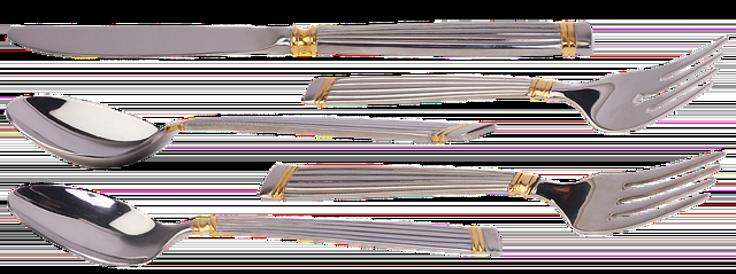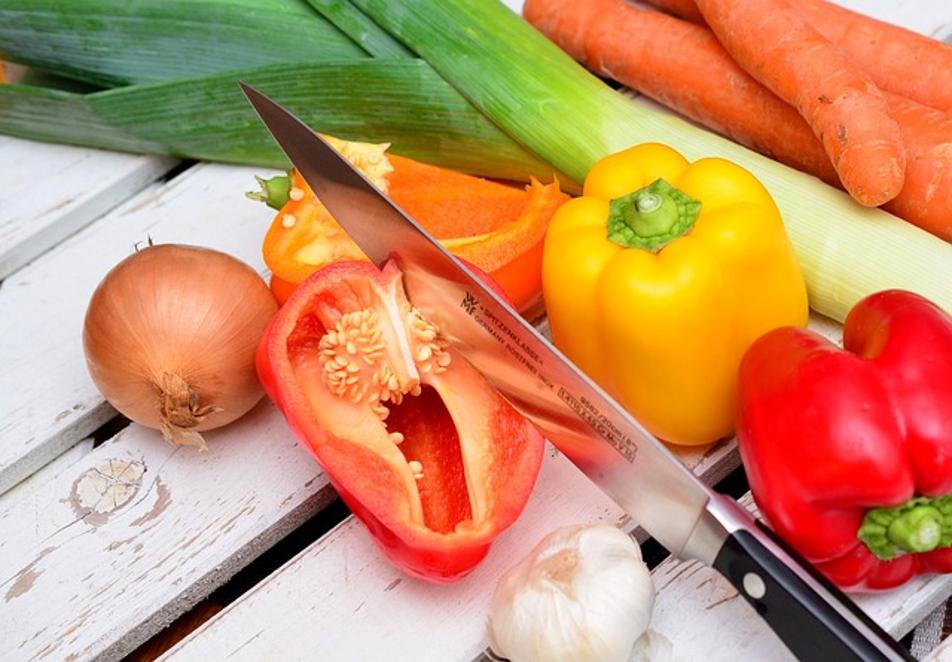How to Dispose of a Knife Safely and Legally in 2024
Introduction
Proper knife disposal is crucial to ensure safety and comply with legal regulations. Whether it’s a kitchen knife, a utility knife, or a hunting knife, knowing the correct disposal methods helps prevent accidents and environmental harm. This guide will walk you through the steps to dispose of knives safely and legally in 2024.

Understanding the Importance of Proper Knife Disposal
Improper knife disposal can lead to serious consequences. Knives can inflict injuries if not handled correctly. When thrown loosely into the trash, they pose a danger to sanitation workers and anyone who may come into contact with the waste. Additionally, knives are often made from materials that can harm the environment if not disposed of properly. Therefore, understanding the importance of proper disposal practices helps mitigate these risks and protects both people and the planet.
Types of Knives and Disposal Considerations
Knives come in various types, each requiring different disposal considerations. Kitchen knives, for instance, are commonly made of stainless steel and may have plastic or wooden handles. Utility knives often have retractable blades, and hunting knives are typically larger and more robust. Understanding the type of knife you are disposing of helps determine the best method for safe and legal disposal. It also indicates the possibility of recycling certain components depending on the material composition.

Preparing Knives for Disposal
Before disposing of a knife, take a few precautionary steps to ensure safety:
1. Wrap the Blade: Use thick paper, cardboard, or bubble wrap to cover the blade securely. This prevents accidental cuts during handling.
2. Secure with Tape: Seal the wrapping material with strong tape to keep it in place.
3. Label the Package: Mark the package clearly with a warning, such as ‘Sharp Object,’ to alert anyone handling the trash.
4. Remove Detachable Parts: If the knife has detachable parts, such as a plastic handle on a kitchen knife, disassemble them if possible. This helps with recycling and ensures safer disposal.
By carefully preparing your knife, you minimize the risk of injuries and ensure a smoother disposal process.
Safe Disposal Methods
There are several safe methods to dispose of knives:
1. Household Hazardous Waste Facilities: Many communities have designated facilities for hazardous waste, including knives. Contact your local waste management service to locate one.
2. Police Stations: Some police stations accept knives for disposal. It’s a safe way to ensure they are destroyed responsibly.
3. Mail-Back Programs: Some companies offer mail-back programs for knives and other sharp objects. These programs provide safe packaging and instructions for mailing your knives.
4. Recycling Centers: If your knife is made from recyclable materials, you may take it to a recycling center that handles metals and plastics.
Each of these options ensures that knives are disposed of in a manner that is safe and compliant with legal regulations.

Recycling and Eco-Friendly Options
Recycling is an eco-friendly way to dispose of knives:
1. Metal Scrap Yards: If your knife is metal, metal scrap yards often accept them for recycling. Ensure the blade is wrapped securely before dropping it off.
2. Specialized Recycling Programs: Some companies specialize in recycling household items, including knives. They often provide drop-off locations or mail-in options.
3. Upcycling: Creatively repurposing knife materials is another eco-friendly option. Handles can be used in art projects or as tool grips.
These methods reduce waste and promote environmental responsibility by reusing valuable materials.
Legal and Community Guidelines
Legal regulations for knife disposal vary by location. It is essential to:
- Check Local Laws: Research your local government’s regulations on disposing of sharp objects. Some areas may have specific guidelines.
- Community Guidelines: Follow community waste management guidelines. This may include special disposal days for hazardous materials.
- Compliance: Ensure compliance to avoid legal repercussions and contribute to community safety.
Following legal and community guidelines ensures that you are disposing of knives responsibly and within the law.
Alternative Solutions: Repurposing and Donations
Instead of disposing of knives, consider alternative solutions:
1. Repurposing: Old knives can be repurposed into garden tools, art pieces, or crafting tools.
2. Donations: If the knives are still in good condition, consider donating them to shelters, community kitchens, or thrift stores. Many organizations can benefit from gently used kitchen utensils.
These alternatives give your old knives a new life and reduce waste.
Conclusion
Disposing of knives safely and legally in 2024 is straightforward with the right knowledge and steps. By understanding the importance of proper disposal, preparing knives correctly, and following safe methods, you protect yourself and others. Recycling and following legal guidelines further contribute to a safer and more eco-friendly community.
Frequently Asked Questions
What should I do if my local waste management doesn’t accept knives?
If your local waste management doesn’t accept knives, consider alternative options such as police stations, mail-back programs, or contacting metal scrap yards.
Can I donate old but still usable knives?
Yes, you can donate old but still usable knives. Many shelters, community kitchens, and thrift stores accept gently used kitchen utensils. Ensure the knives are in good condition and clean before donating.
How do I ensure the knives are safe for disposal?
To ensure knives are safe for disposal, wrap the blade securely in thick paper or cardboard, seal it with strong tape, and label the package clearly with a warning. This helps prevent accidental injuries during the disposal process.
